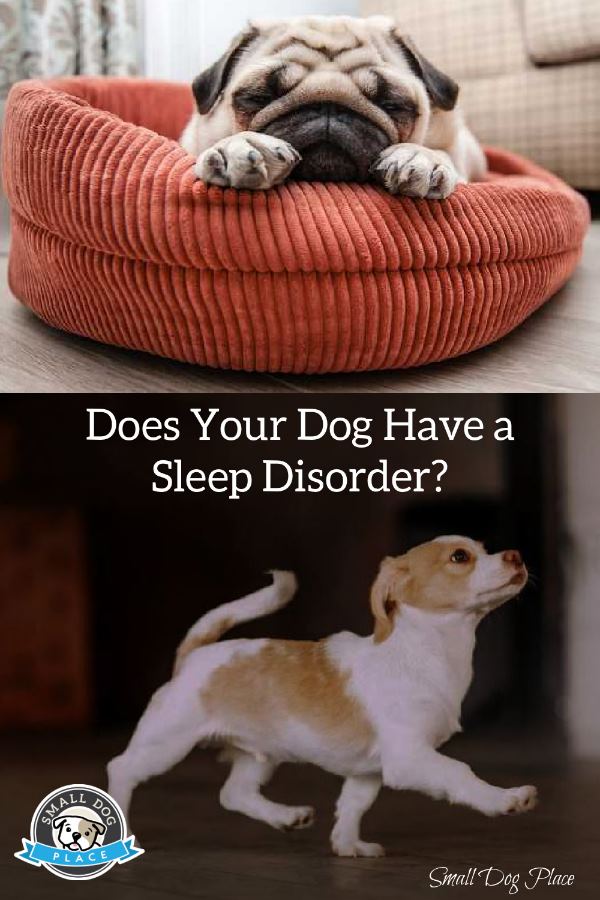- Small Dog Place Home
- Diseases
- Dog Has a Sleep Disorder
Signs Your Dog Has A Sleep Disorder
Signs Your Dog Has a Sleep Disorder by Dr Katherine Hall
Published 08-11-2022
They say dogs are man’s best friend. That must be why 33% of households worldwide have at least one dog. These four-legged pets are loyal, protective, and for many owners, are considered a part of the family.
But caring for a dog takes time and attention. This includes everything from routine visits to the vet and plenty of exercise to providing a healthy diet, grooming, and affection. As a dog owner, it’s your job to ensure that your pet is happy and healthy. Once you get to know your pet’s normal behaviors, tendencies, and personality it’s easier to notice when something’s wrong.
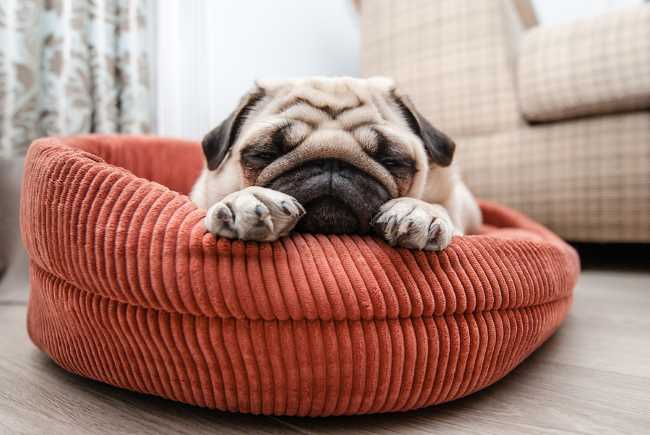 Signs Your Dog Has a Sleep Disorder
Signs Your Dog Has a Sleep DisorderSimilar to humans, sleep is imperative for a dog’s overall health and wellbeing. Depending on the breed, your four-legged friend should get between 12 and 14 hours of sleep per day. This includes the time they sleep both at night and during the day.
Do you suspect that your dog isn’t sleeping enough or may be suffering from a sleep disorder? Knowing the warning signs of sleep disorders in dogs and the different types can help you make a quick diagnosis and get them the treatment they need. Keep reading to learn more about the signs of sleep disorders in dogs and what they mean.
Signs Your Dog May Have a Sleep Disorder
Some dog breeds are less energetic by nature like the English Bulldog, Greyhound, and Basset Hound. But a lethargic dog that lacks energy or the desire to play could be showing signs of a serious sleep disorder. Left untreated, this can lead to dangerous health complications for your pet.
Here are a few warning signs that your dog’s unusual behavior may be indicative of a sleep disorder.
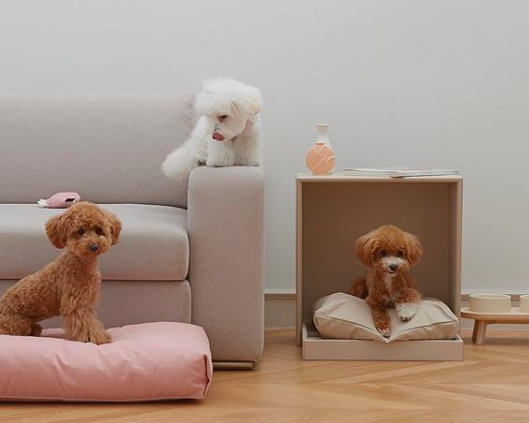 Signs Your Dog May have a Sleep Disorder
Signs Your Dog May have a Sleep DisorderActivity During Sleep
It’s not uncommon for dogs to dream. But if your four-legged friend appears to be running laps or chasing cats in their sleep, they may have a sleep disorder known as REM Behavior Disorder.
This condition causes disruptive physical activity during sleep in both humans and animals. In severe cases, this activity becomes violent and may mimic sleepwalking. For example, your dog might attack random items, bark or howl in their sleep, or run around the house.
Isolated incidents of physical activity during sleep may not be cause for concern but if your dog is experiencing a fitful night’s sleep more often than not and it's becoming disruptive or dangerous, it may be time for a visit to the vet.
Unlike humans that can use medications like Klonopin for sleep, dogs are often prescribed other, more pet-friendly options. Your vet can advise you on which is the best to treat REM Behavior Disorder so your pup can sleep soundly.
Collapsing Following Physical Activity
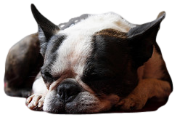 Some Brachycephalic breeds may have difficulty with exercise and collapse immediately afterward.
Some Brachycephalic breeds may have difficulty with exercise and collapse immediately afterward.Physical activity and exercise are important for the health and happiness of your pet. In fact, adequate exercise helps promote better, deeper sleep in both animals and humans.
While visiting a dog park, playing fetch, and taking long walks are all great ways to get outside and get active with your dog, if they collapse immediately afterward, it could be a sign of a serious condition.
If your dog falls down in exhaustion following physical activity, it may be due to undiagnosed narcolepsy. Narcolepsy is a sleep disorder characterized by uncontrollable daytime fatigue and is most common in poodles, Labrador retrievers, and Doberman pinschers.
Dogs with this condition will fall over and fall asleep almost instantly following exercise or excitement. This includes greeting guests or family members, playing indoors or out, and even after eating. The good news is that this condition isn’t serious or life-threatening.
External stimulation like petting your pooch or making noise nearby will usually wake them with minimal effort. Most cases of narcolepsy in dogs can be easily treated at home with basic lifestyle changes.
This is the same premise behind CBT-i treatment which is commonly used to treat insomnia in humans by helping patients establish a healthier lifestyle that promotes quality sleep.
Snoring
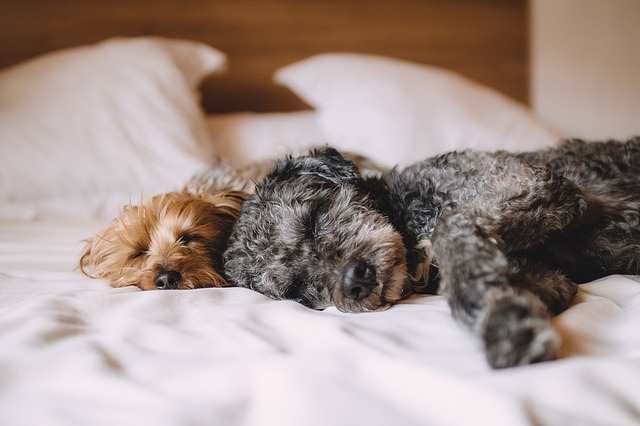 Snoring is common in a dog with a sleep disorder
Snoring is common in a dog with a sleep disorderSnoring is usually a sign that someone is in a deep, restful sleep – including your dog. Unfortunately, it’s also a sign of a more serious underlying disorder known as sleep apnea. While subtle or quiet snoring is common in many breeds, loud snoring that wakes up the entire household isn’t.
Several factors cause dogs to snore including their sleep position (snoring is more common when sleeping on your back), the position of your dog’s tongue, or nasal congestion. If your dog’s snoring is triggered by sleep apnea, you’ll want to address it immediately.
Sleep apnea occurs when the airway passage becomes obstructed, making it difficult for your dog to breathe. This is most common in flat-faced dog breeds including English Bulldogs, Boxers, and Pugs.
Loud snoring, gasping for air in between snores, or long pauses in breathing may all be signs of sleep apnea and require immediate medical attention.
Pacing at Night
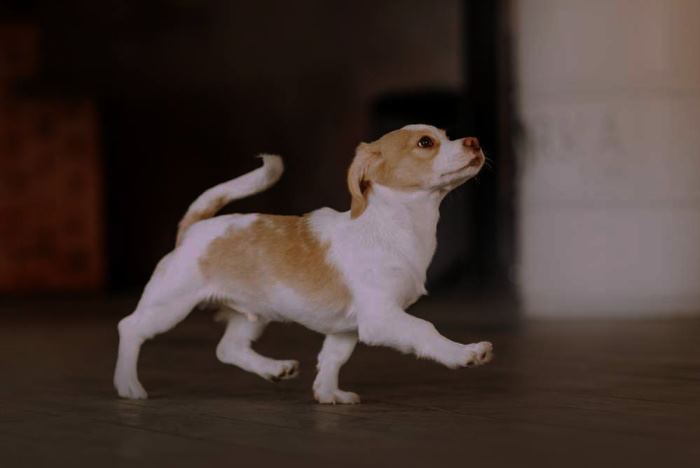 Dogs with Sleep Disorders May Pace at Night
Dogs with Sleep Disorders May Pace at NightFrom deep sleep to restless sleep – is your pup pacing the floors at night? This behavior can be unsettling for you, your family, and your pet.
Pacing is most common in elderly dogs and may also be accompanied by crying or howling. All of these symptoms are signs that your aging dog is suffering from dementia. Although this isn’t technically a sleep disorder, it does have a significant negative impact on your dog’s sleep quality.
A vet can properly diagnose dementia and teach you coping strategies that help make your pet more comfortable.
Inability to Fall and Stay Asleep May Indicate a Dog Has a Sleep Disorder
Insomnia affects millions of people around the world and is characterized by the inability to fall and stay asleep. Truth be told, your dog can also experience sleep troubles caused by insomnia.
If your dog isn’t getting enough sleep, wakes up frequently during the night, or exhibits excessive daytime fatigue, it may be a sign they’re suffering from insomnia. Although this sleep disorder is rare in dogs, it does happen.
Causes include underlying medical conditions, lack of physical activity, and even extreme stress or anxiety. Similar to dementia, insomnia in dogs is more common as they age and is often a side effect of another medical issue.
A visit to your vet can help clear things up so you can offer your pup the proper treatment.
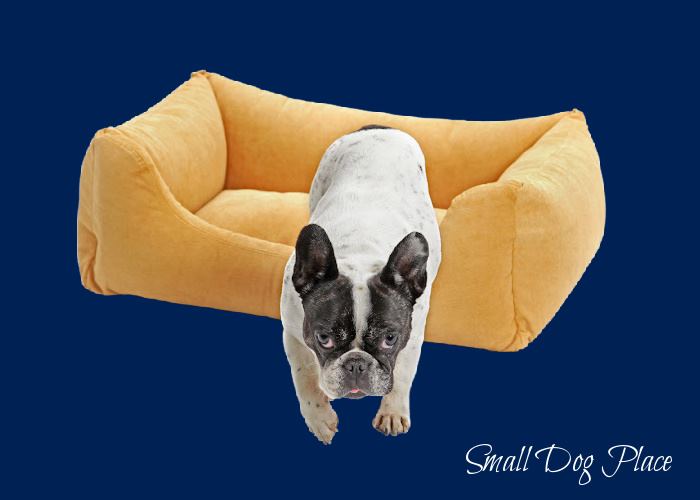 One Sign Your Dog Has a Sleep Disorder is Restlessness at Night
One Sign Your Dog Has a Sleep Disorder is Restlessness at NightNow that you know the warning signs of sleep disorders in dogs, you can keep your four-legged friend happy, healthy, and safe.
While exhaustion from an intense game of fetch isn’t uncommon, collapsing afterward could indicate your dog has narcolepsy.
Similarly, dogs that are physically active during sleep, snore loudly, or are restless at night may also be suffering from a variety of common sleep disorders.
Being aware of the warning signs means getting your pup the help they need so they can return to everyday life as a happy, energetic addition to your family.
More Tips for Treating Sleep Disorders in Brachycephalic Dog Breeds
As you may have noticed, most of these sleep disorders apply to brachycephalic dogs or those with shortened skull bones that make the dog’s nose and face appear “pushed-in”.
This bone structure can cause breathing and nasal issues that develop into one or more sleeping disorders. Brachycephalic dog breeds include the ones mentioned above (i.e. Bulldog, Boxer, Pug) plus Shih Tzu, Chow Chows, Boston Terriers, and more.
Here are a few additional tips to help your pooch sleep better at night.
- Maintain a healthy weight (avoid overfeeding)
- Allergy medication
- Avoid excessive heat, stress, or physical exertion
- Allow plenty of time for rest and relaxation
- Avoid overstimulation or excitement
- Encourage your pup to sleep on its side or belly
Signs Your Dog Has a Sleep Disorder: Last Words
Now that you know the warning signs of sleep disorders in dogs and tips for easing symptoms, you can keep your four-legged friend happy, healthy, and safe.
While exhaustion from an intense game of fetch isn’t uncommon, collapsing afterward could indicate your dog has narcolepsy.
Similarly, dogs that are physically active during sleep, snore loudly, or are restless at night may also be suffering from a variety of common sleep disorders.
Being aware of the warning signs that your dog has a sleep disorder means getting your pup the help they need so they can return to everyday life as a happy, energetic addition to your family.
Your Dog Has a Sleep Disorder
Pin for Future Reference
Your Dog Has a Sleep Disorder:
Author Bio
Author: Dr Katherine Hall
Short bio: Katherine is a Sleep Psychologist with 13 years of clinical experience who primarily specialises in Acceptance and Commitment Therapy (ACT) and Cognitive Behavioral Therapy for Insomnia (CBT-I).
About Janice (author and voice behind this site)
Having lived with dogs and cats most of her life, Janice served as a veterinary technician for ten years in Maryland and twelve years as a Shih Tzu dog breeder in Ohio.
Her education includes undergraduate degrees in Psychology with a minor in biology, Early Childhood Education, and Nursing, and a master's in Mental Health Counseling.
She is a lifelong learner, a dog lover, and passionate about the welfare of animals. Her favorite breed for over 50 years has been the Shih Tzu, but she has also lived with Poodles, Maltese, Yorkshire Terriers, Beagles, English Bulldogs, Carin Terriers, and a Cocker Spaniel.
When not writing, reading, and researching dog-related topics, she likes to spend time with her eight Shih Tzu dogs, husband, and family, as well as knitting and crocheting. She is also the voice behind Miracle Shih Tzu and Smart-Knit-Crocheting
Does This Article Deserve Your Thumbs Up?
We always appreciate your support and encouragement. Your thumbs up means so much to us. Please like this article.
If you find this page or any page on Small Dog Place Helpful, or useful in anyway, I'd love it if you would click the small heart found on the bottom right of each page.
You can also share or bookmark this page -- just click on the:
Your second block of text...

Free Monthly Newsletter
Sign Up for Our Free Newsletter and get our Free Gift to You.
my E-book, The Top 10 Mistakes People Make When Choosing a Dog (and how to avoid them)
